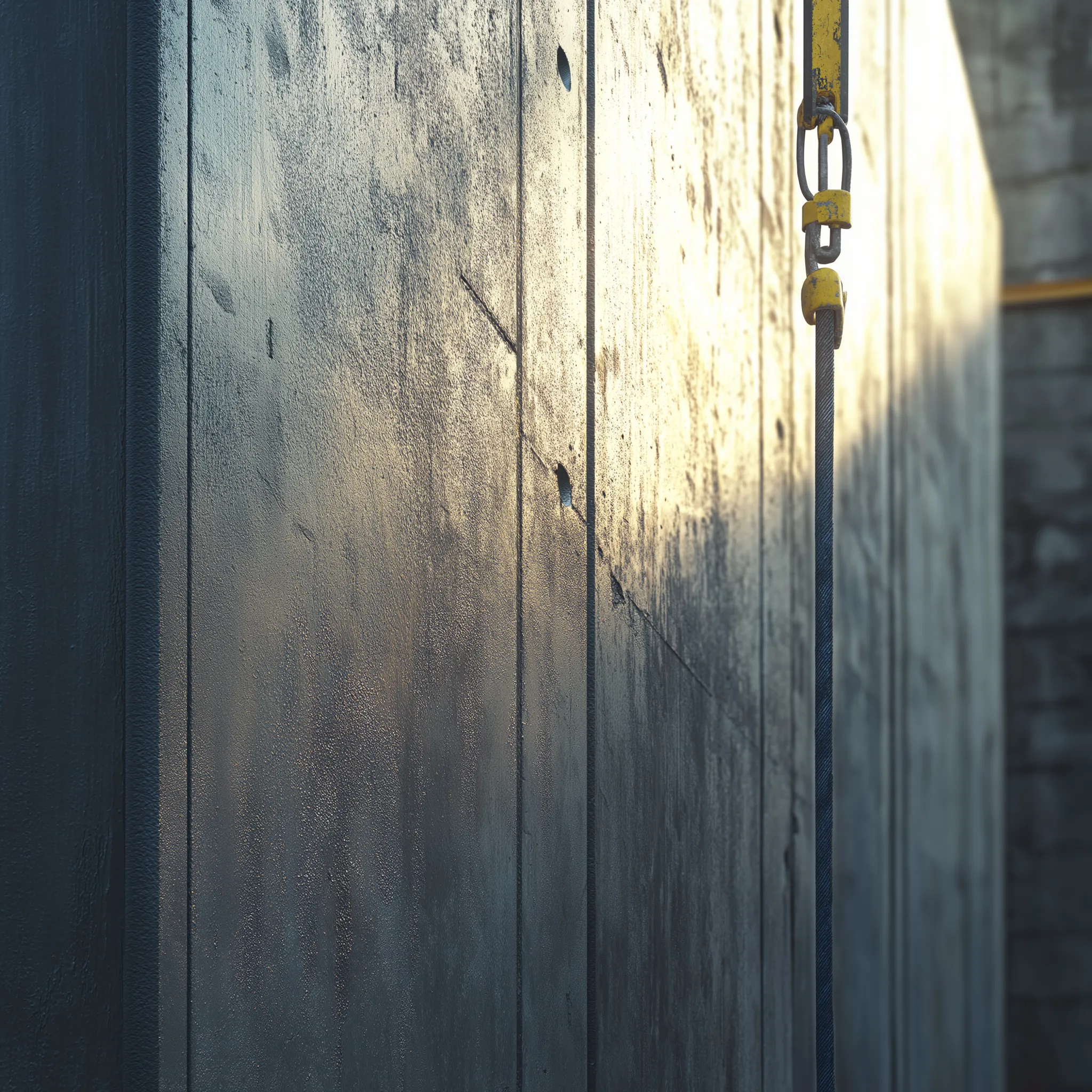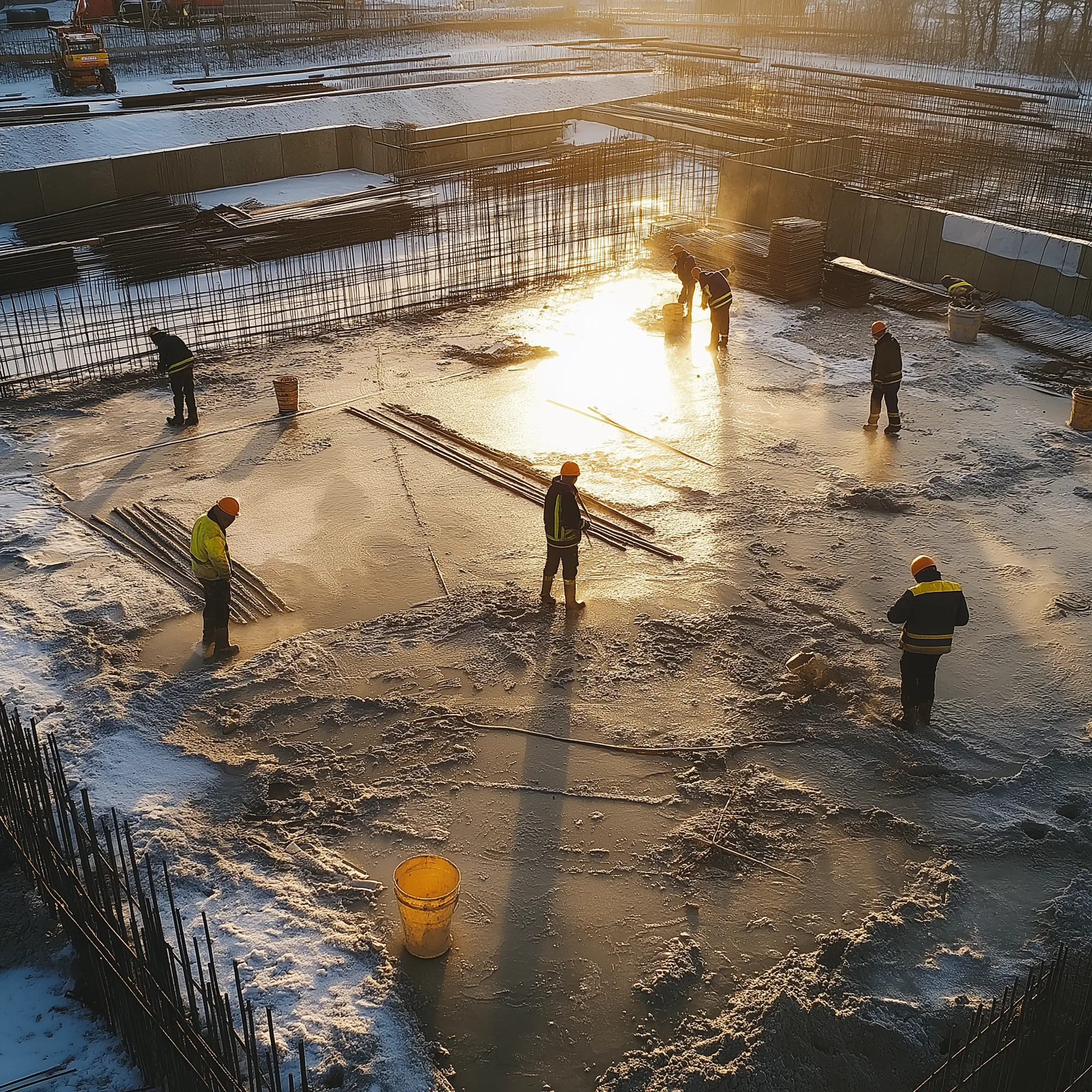Introduction
Cementitious grouts are essential for various construction applications, providing strong and durable connections between various elements. In this comprehensive guide, we’ll cover the key steps and best practices for applying cementitious grouts, from surface preparation to curing.
Surface Preparation
Before applying grout, it’s crucial to prepare the surface by removing contaminants such as rust, dirt, grime, oil, and curing compound. Proper surface preparation ensures a strong bond between the grout and the surface. Consider the following tips:
- Determine the method of placement and form the area to be grouted
- Use a SpecChem form release agent on the forms before placement
- Caulk all form seams
- Ensure the surface is saturated but dry (SSD), removing excess ponding water
Mixing Procedures
To achieve the best results, follow these mixing procedures:
- Use clean, potable water in the correct ratio for the batch size
- Mix the grout for at least 3-4 minutes
- Use a drill and jiffy mixer for small quantities, and a paddle blade mortar mixer for larger quantities
- Transport mixed grout to the head box and apply immediately
Placing Procedures
Proper grout placement ensures complete filling of the space:
- Place grout from one side to avoid air pockets
- Use a rod or strapping for large or difficult applications
- Ensure continuous and uninterrupted pumping, if applicable
Curing Procedures
Cure grout immediately after placement to enhance its strength and durability:
- Pond with water, cover with wet rags or burlap, or apply a SpecChem curing compound like Cure & Seal 25, Cure & Seal WB, or SpecRez
Conclusion
Following these best practices for cementitious grout application will ensure a strong, durable bond for your construction project.





